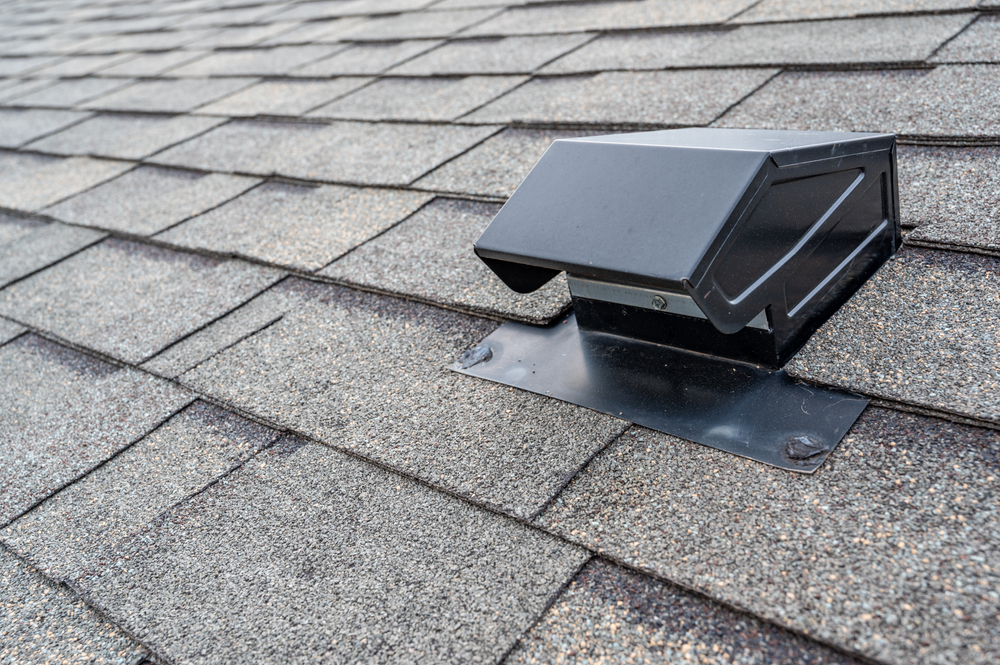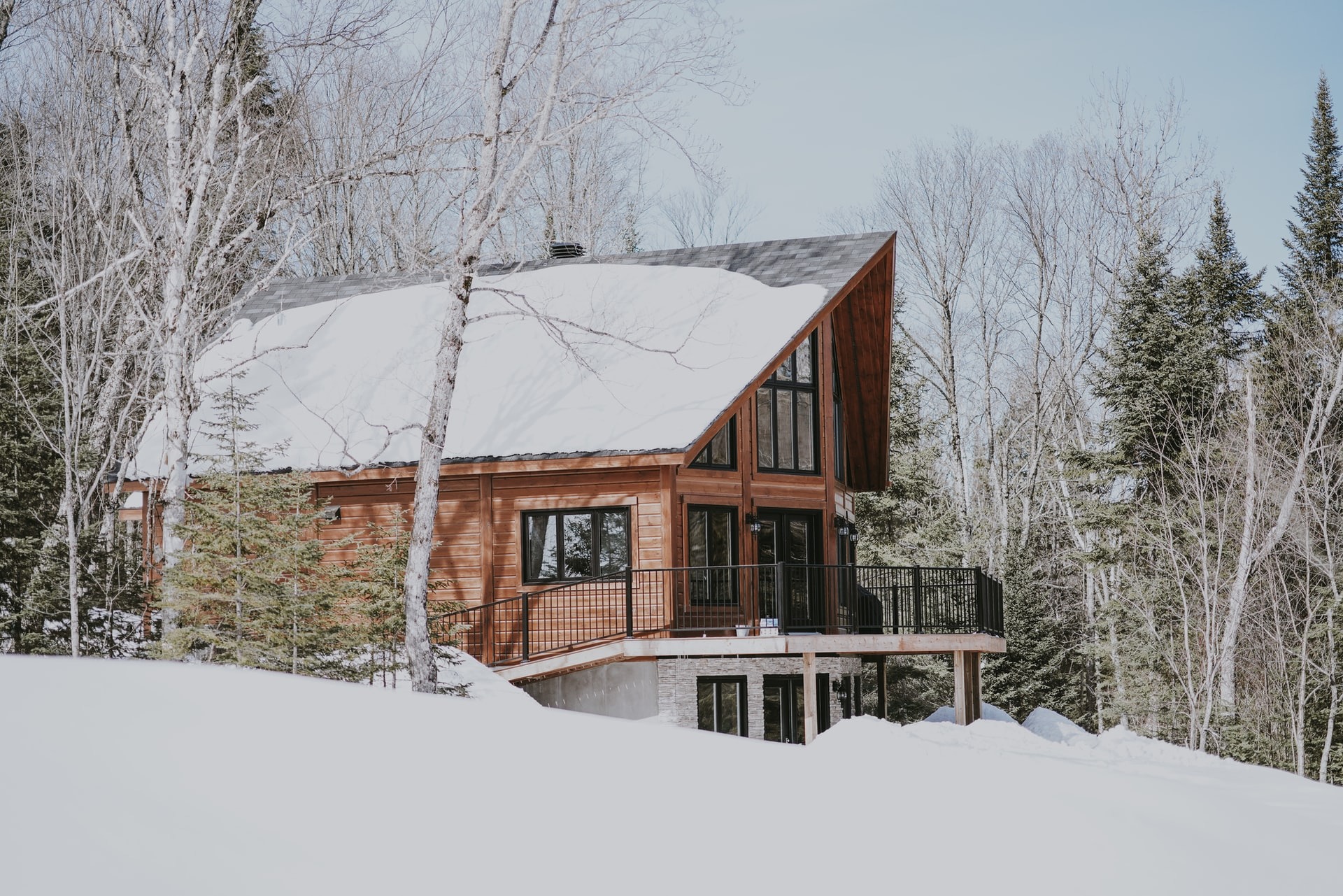In the field of residential roofing, ventilation is often considered to be a technical detail, although it plays a fundamental role in the overall health of the roof. Good ventilation ensures adequate airflow in the attic, which helps maintain a stable temperature and evacuate excess humidity. This airflow reduces thermal stress on materials and prevents the formation of mold, fungi, and condensation. A well-ventilated roof is a structure that breathes, lasts longer, and provides greater energy efficiency for the entire home.
The consequences of poor ventilation
The problems associated with poor ventilation are numerous and can affect both the building and its occupants. For example, poor evacuation of hot air leads to the accumulation of moisture in the attic, which favors the deterioration of wood, the weakening of structures and the proliferation of molds that are harmful to health. In winter, this trapped heat can cause the snow on the roof to melt, causing ice dams to form. These cause water to enter the interior. In summer, an overheated attic can increase the ambient temperature in the home, reducing comfort and increasing energy consumption. Shingles also degrade more quickly, shortening the life of the roof.
Available ventilation solutions
Fortunately, several effective solutions exist to ensure adequate ventilation. The most common system is based on the natural ventilation, with air intakes located in the soffits (under the eaves) and air outlets at the summit from the roof, which creates continuous air movement. La mechanical ventilation, although a bit more expensive, may be necessary in some complex architectural configurations or in older homes that are poorly designed for natural circulation. We also find the aeration turbines And the roof vents, which facilitate the evacuation of hot air. The key is to properly balance the system according to the roof area, in accordance with the standards of Quebec building code, which requires ventilation equivalent to 1/300th of the surface of the finished ceiling.
Diagnosis and improvement of ventilation
Detecting inadequate ventilation is not always easy. However, some signs may alert you, such as an unexplained increase in your heating or air conditioning costs, persistent odors in the attic, visible condensation or the presence of mold on the frame. If you notice these types of signs, a professional inspection is required. During a roof renovation or repair project, it is a good idea to have the existing ventilation system evaluated in order to make the necessary adjustments. Montreal Roofing offers detailed evaluations and solutions adapted to each building in order to maximize the durability and efficiency of your roof.
Investing in effective ventilation
A well-ventilated roof is not only an asset for the longevity of your coating; it is also a key factor in comfort, energy savings and the prevention of humidity problems. By integrating an effective ventilation system into your roof, you are protecting your real estate investment in the long term. Whether you are planning a new installation or want to improve an existing system, Montreal Roofing puts its expertise at your service to offer you sustainable solutions that comply with standards and are perfectly adapted to your home.




